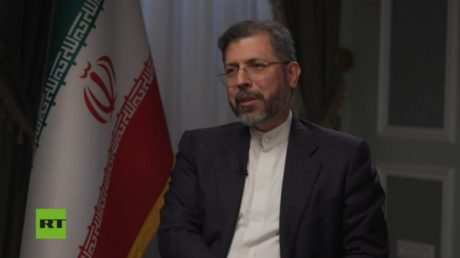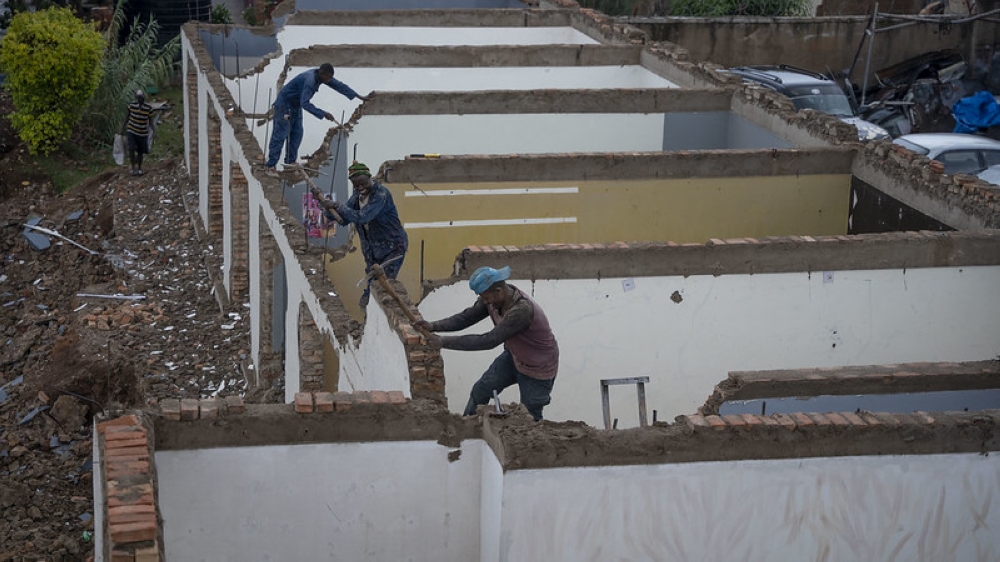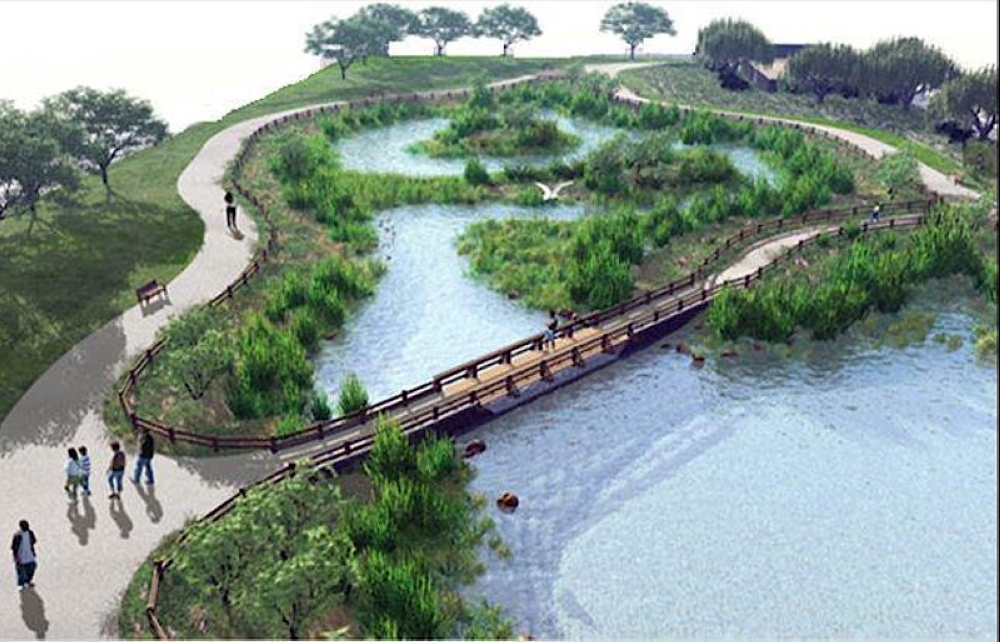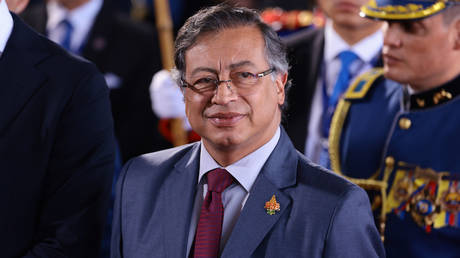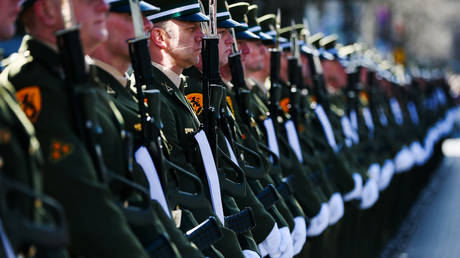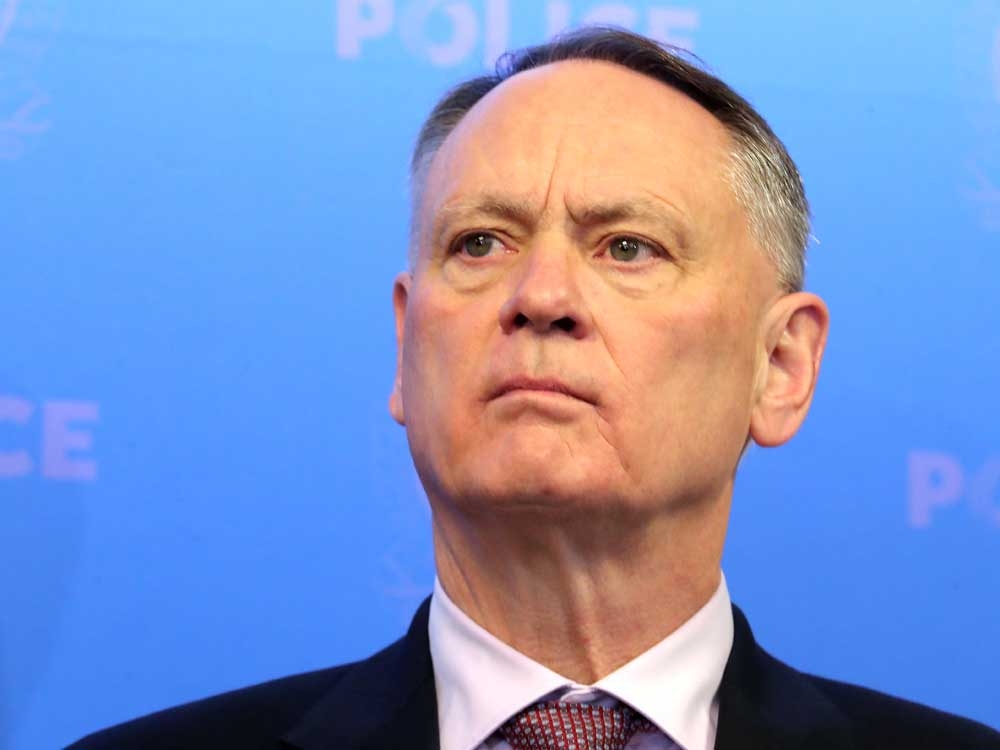
OTTAWA — Canada’s first-ever defence industrial strategy will be released sometime after the Nov. 4 federal budget but will be made public no later than Christmas, Defence Minister David McGuinty said Friday.
McGuinty said the document will map out Canada’s needs and sovereign capabilities and identify domestic defence sectors that have a comparative commercial advantage.
Ottawa will be “placing a premium on dual-use technologies” that serve both civilian and military needs, the minister told an audience at the Empire Club of Canada in Toronto.
Industry observers are watching to see what ends up in the strategy after months of study and revisions — and whether it will pick winners and losers.
“When you think about the last time a government of Canada looked seriously at industrial policy, it was during the Macdonald Commission in the early 1980s,” said Craig Stone, emeritus associate professor of defence studies at Canadian Forces College.
“If the government’s serious about this, it means there’s going to be winners and losers. Not losers in the sense of you’re never going to do business with government, but losers in the context of, ‘The government has said what you’re doing is not a strategic priority.'”
Canada has strengths in information technology and quantum computing, Stone said — although many small and medium-sized companies rely on intellectual property to survive and may not be willing to give it up for military applications.
Industry Minister Melanie Joly has dropped a few hints about the strategy — including the fact that it will adopt a broad interpretation of what counts as defence spending.
“When I talk about defence, let’s be very clear. It means, obviously, land, sea, and air. It means cyber,” Melanie Joly said in a speech in Toronto on Oct. 9.
“It also means threats to our health, like pandemics, or even climate change impacts, such as wildfires. So we have a large definition of defence.”
Prime Minister Mark Carney has vowed to massively ramp up defence spending to meet Canada’s NATO commitments — first to two per cent of Canada’s annual GDP a year, then to five per cent by 2035.
That five per cent figure earmarks 3.5 per cent for core defence needs, with the remaining 1.5 per cent going to military-adjacent areas, such as infrastructure.
Laval University international relations professor Anessa Kimball, who specializes in defence economics, said NATO allies managed to agree to the aggressive new target precisely because that 1.5 per cent sum is only vaguely defined.
As NATO states begin to assess what falls under the 1.5 per cent, Kimball said, they may realize they’re already spending a good chunk of the required sum.
Carney — whose government is pushing to get major projects built to blunt the effects of the U.S. trade war — said this week that new ports and mining developments will be key to boosting Canadian exports.
“In some of these areas where we might let our NATO partners come in, for example to the Arctic, we would say, ‘Hey, let’s test and develop equipment there, with maybe Canadian firms and our firms in NATO countries,”‘ Kimball said. “So you can see how this can align with some broader objective if you are creative.”
Kimball said the government appears to be taking a “total defence” approach that combines civilian resilience projects with conventional defence spending.
“We talk about how Canadians should have the 72-hour (emergency preparedness) kit, right? How many households have that right now? In Norway and in Finland, you get that — each address would have that and the government has provided this to you,” Kimball said.
“So if you want to spend … on defence and build resilience, these are the ways. In countries like Sweden and in Finland, every single civilian, because of labour shortages in their military forces, they have to do a type of civilian security training.”
Even within Canada’s defence industry, though, the strategy’s exact contents remain something of a mystery.
“We’ve seen all the ingredients out on the table, but (has Ottawa) baked a vanilla cake or a chocolate cake? I could not tell you,” said Christyn Cianfarani, CEO of the Canadian Association of Defence and Security Industries.
She said that for the strategy to succeed, it will need to articulate how it plans to grow the industry by setting a target _ either a share of GDP or a revenue-driven target in the billions of dollars.
It must come with a shopping list of “sovereign capabilities” that Canada believes are necessary for territorial integrity and nation-building, she said. And the government’s new Defence Investment Agency will need a mandate to maximize purchases of the capabilities listed in the strategy, she added.
The federal government created the new agency as part of its efforts to revamp its protocol for purchasing military equipment _ to speed up a system designed to be slow and risk-averse.
The project comes with its fair share of skeptics.
James Fergusson, a senior research fellow in defence at the University of Manitoba, recently warned a House of Commons committee it’s nearly impossible to reform the procurement system because too many competing interests are at play.
“You can play on the margins and move it in little bits, but you’re not going to fix it,” he said.
Politicians want to deliver local jobs. Bureaucrats want to spend taxpayer dollars wisely and avoid playing favourites with firms. The military wants gear built for the task.
But Gaelle Rivard Piche, head of the Conference of the Defence Associations Institute, said defence procurement can change if the political will is there and cabinet sends “clear signals” about what it wants.
“Historically, if we look at when Canada’s really increased defence spending and acquired capability rapidly, it was in the face of a clear threat,” she said. “What we’re still missing here is, what are the threats that Canada is facing?”
Russia presents as one clear threat, as it prods at NATO allies by violating the airspace of European nations through drone and jet incursions.
Rivard Piche said Ottawa and the defence community still need to convince Canadians that defence spending needs to increase — for reasons that go beyond U.S. President Donald Trump’s trade pressure and his comments about annexing Canada.
She said the Canadian Forces’ current deployment in Latvia is at roughly the same level as the Afghanistan mission was at its peak, but “for some reason we don’t really put an emphasis on that.”
